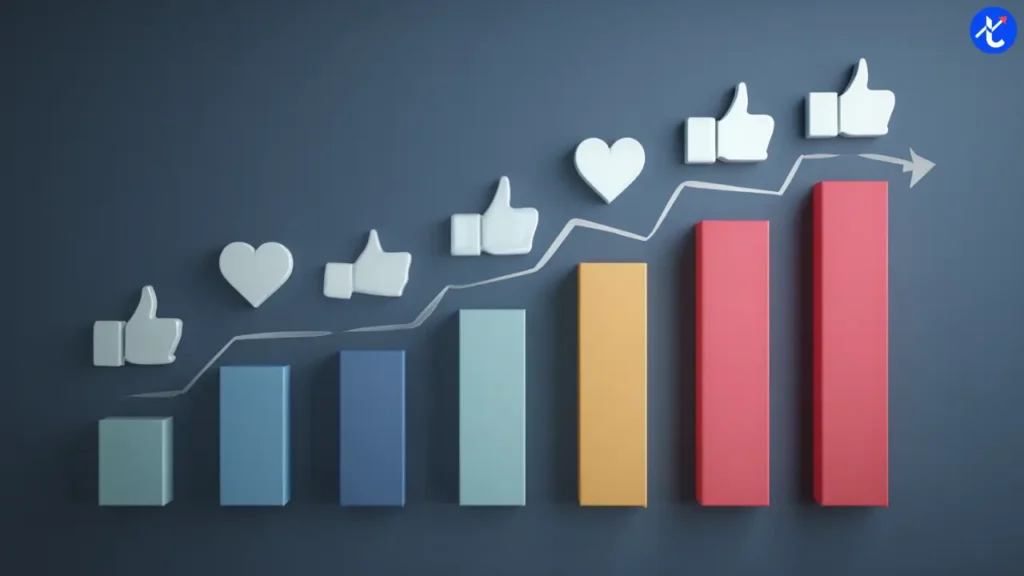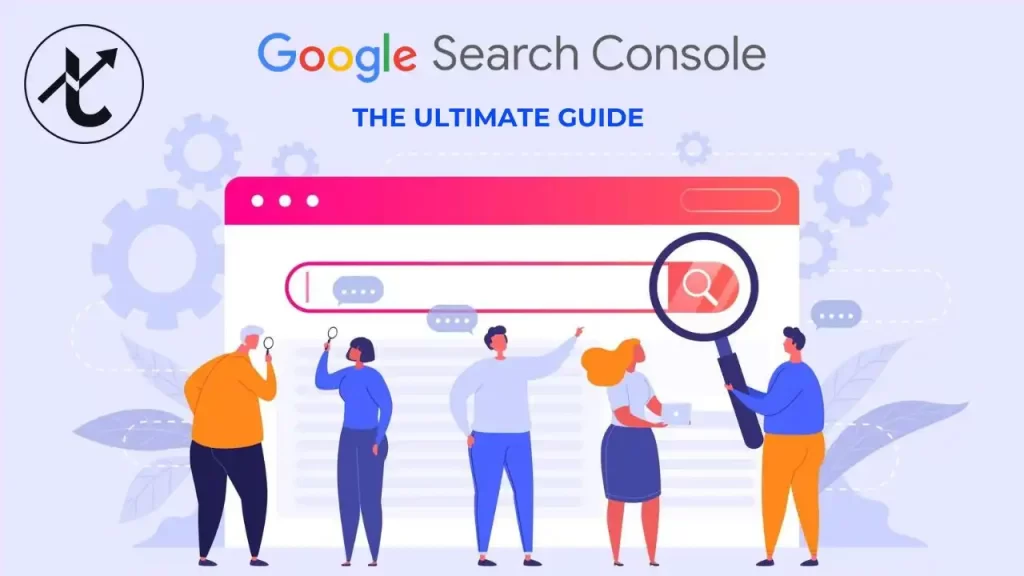Getting your website to rank higher on Google in 2025 is a game-changer for any business or blog. One powerful way to make this happen is by using social signals and rankings to your advantage. With a smart cross-platform content strategy and integrated digital marketing, you can drive traffic from Instagram and LinkedIn while boosting platform-specific engagement rates.
What Are Social Signals and Why They Impact Rankings
Social signals are the likes, shares, comments, and follows your content gets on platforms like Instagram, LinkedIn, or Twitter. They show search engines like Google that people find your content interesting and trustworthy. While social signals and rankings aren’t a direct ranking factor, they help indirectly by driving traffic, increasing brand visibility, and showing Google your content is popular.
For example, if your blog post about “SEO tips” gets shared 500 times on LinkedIn, it tells Google your content is valuable. This can lead to more traffic from Instagram and LinkedIn, which boosts metrics like time on site and page views—things Google uses to decide rankings. In 2025, with social media being a huge part of online life, these signals are more important than ever.
To make social signals and rankings work for you, create content that’s easy to share, like quick tips, eye-catching images, or helpful guides.
Crafting a Cross-Platform Content Strategy for SEO
A cross-platform content strategy means creating content that works across different social media platforms while keeping your SEO goals in mind. Each platform has its own style, so you need to adapt your content while staying consistent with your brand and keywords.
1. Understand Each Platform’s Vibe
Instagram is all about visuals—think photos, Reels, and Stories. LinkedIn is more professional, perfect for articles and industry insights. For example, you could post a colorful infographic on Instagram about “5 SEO Tips for 2025” and a detailed article on LinkedIn about the same topic, both linking back to your website.
2. Repurpose Content for Efficiency
You don’t need to create new content for every platform. Take one piece of content, like a blog post, and tweak it for each platform:
- Instagram: Turn key points into a carousel or Reel.
- LinkedIn: Write a long-form post or article.
- Twitter: Share a thread with quick tips.
This saves time and keeps your cross-platform content strategy unified, helping social signals and rankings.
3. Sprinkle in SEO Keywords
Use keywords like social signals and rankings or integrated digital marketing in your social media posts. For example, an Instagram caption could read: “Want better SEO? Learn how social signals and rankings boost your site!” This connects your social content to your SEO goals.
4. Schedule Posts for Consistency
Post regularly on each platform to keep your audience engaged. Tools like Buffer or Hootsuite can help you plan a cross-platform content strategy that drives steady traffic from Instagram and LinkedIn.
Using Integrated Digital Marketing to Boost Rankings
Integrated digital marketing means combining your social media, SEO, email, and other efforts into one cohesive plan. This approach makes your social signals stronger and helps your rankings in 2025.
1. Link Social to Your Website
Every social post should drive traffic back to your site. For example, share a LinkedIn post about your latest blog and include a link. This increases traffic from Instagram and LinkedIn, which Google sees as a positive signal for rankings.
2. Combine Social with Email Marketing
Use email newsletters to share your social media content. For instance, send an email with your latest Instagram Reel or LinkedIn article. This creates a loop where integrated digital marketing amplifies your social signals.
3. Use Paid Ads Wisely
Run targeted ads on Instagram or LinkedIn to promote your best content. For example, boost an Instagram post about “SEO tips” to reach more people. More views and shares mean stronger social signals and rankings.
4. Stay Consistent Across Channels
Make sure your branding, tone, and keywords are the same across all platforms. This builds trust with your audience and Google, boosting your integrated digital marketing efforts.
Driving Traffic from Instagram to Improve SEO
Instagram is a powerhouse for driving traffic from Instagram to your website, which can help your social signals and rankings. Here’s how to do it in 2025:
1. Optimize Your Instagram Bio
Add a link to your website in your Instagram bio. Use a tool like Linktree to link to multiple pages, like your blog or product pages. Update it regularly to point to your latest content.
2. Create Click-Worthy Posts
Share engaging content like Reels, carousels, or Stories that tease your website content. For example, post a Reel saying, “Want to boost your SEO? Check our blog for tips!” with a link in your bio. This drives traffic from Instagram and supports rankings.
3. Use Stories and CTAs
Instagram Stories are great for quick engagement. Add a “Swipe Up” link (if you have 10K+ followers) or a “Link in Bio” call-to-action (CTA) to drive traffic. For example, a Story about integrated digital marketing could link to a blog post.
4. Engage with Followers
Reply to comments and DMs to boost platform-specific engagement rates. The more people interact with your Instagram posts, the more likely they are to visit your site, helping your social signals.
Driving Traffic from LinkedIn to Enhance Rankings
LinkedIn is perfect for professionals and B2B businesses looking to drive traffic from LinkedIn and improve social signals and rankings. Here’s how:
1. Share Long-Form Content
Write LinkedIn articles or posts about your industry, like “How Social Signals Impact SEO in 2025.” Include links to your website for more details. This drives traffic from LinkedIn and shows Google your content is authoritative.
2. Post Consistently
Share regular updates, like tips or case studies, to keep your audience engaged. For example, post about integrated digital marketing with a link to your blog. Consistent posting boosts platform-specific engagement rates.
3. Join LinkedIn Groups
Participate in groups related to your niche and share your content (without spamming). This increases visibility and drives traffic from LinkedIn, helping your rankings.
4. Use LinkedIn Analytics
Check LinkedIn’s analytics to see which posts get the most clicks and engagement. Focus on creating similar content to keep traffic from LinkedIn flowing.




